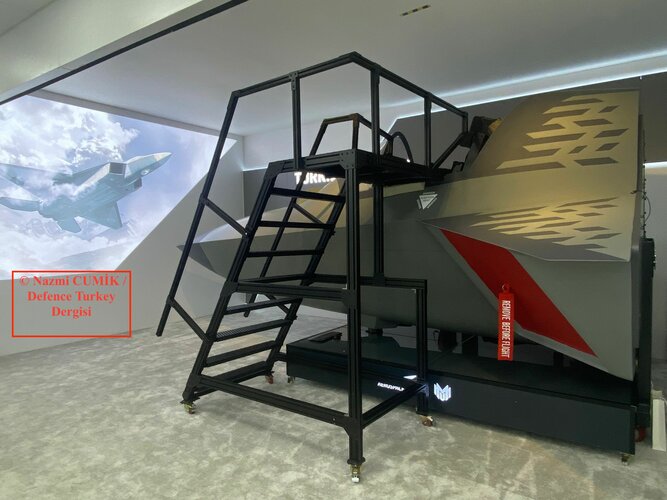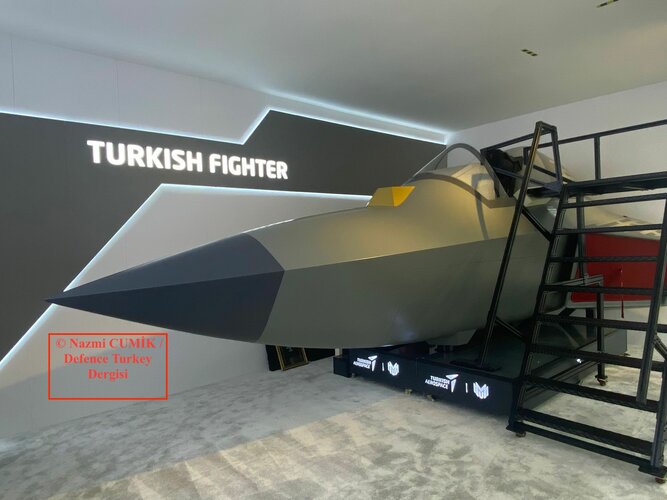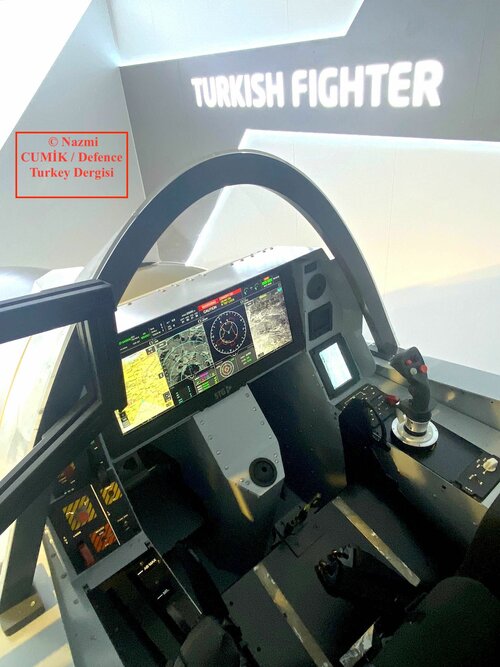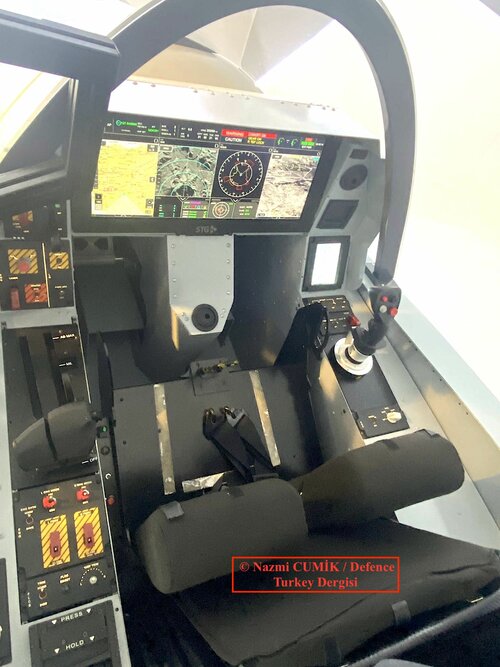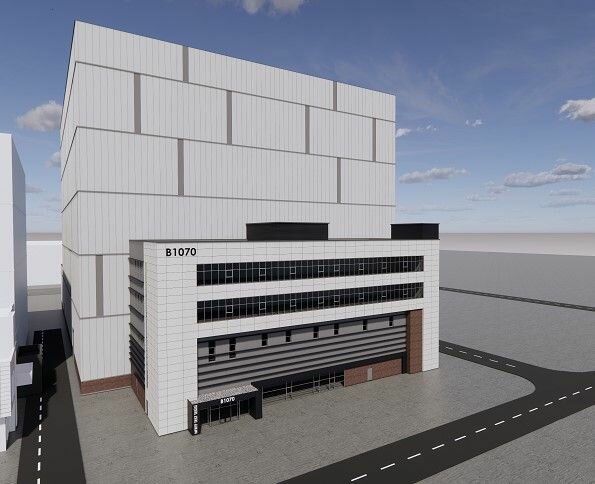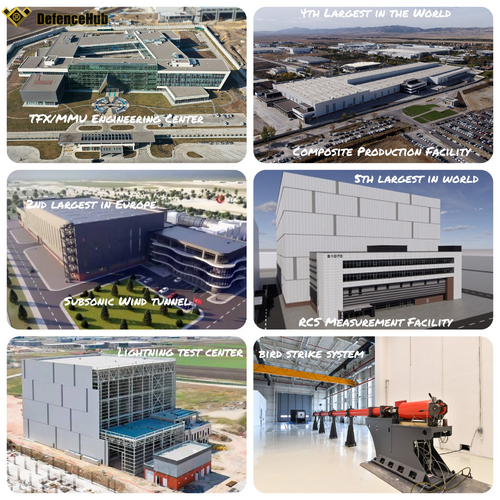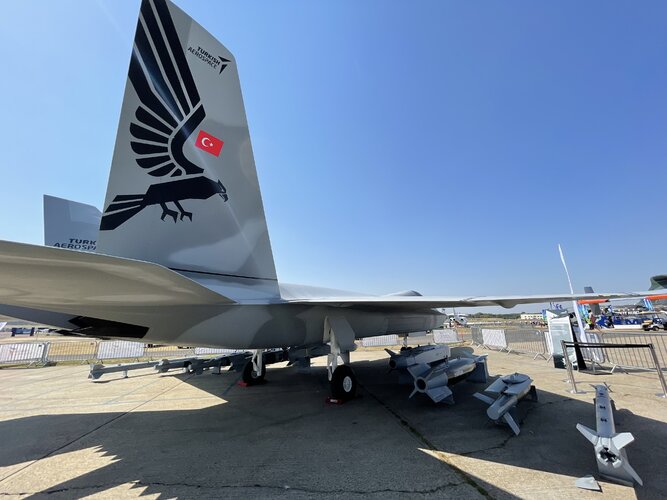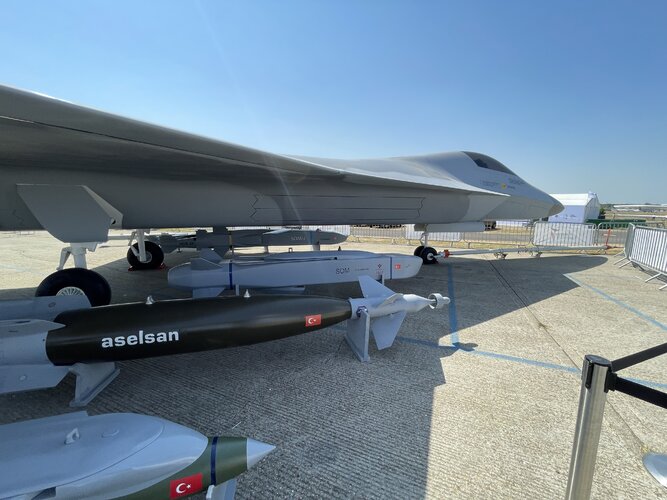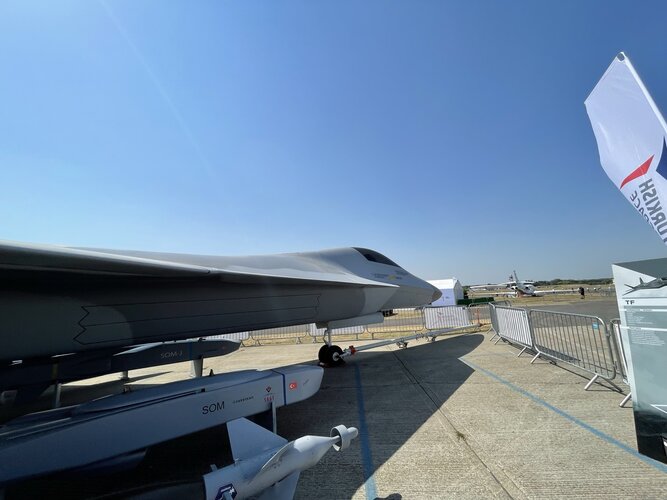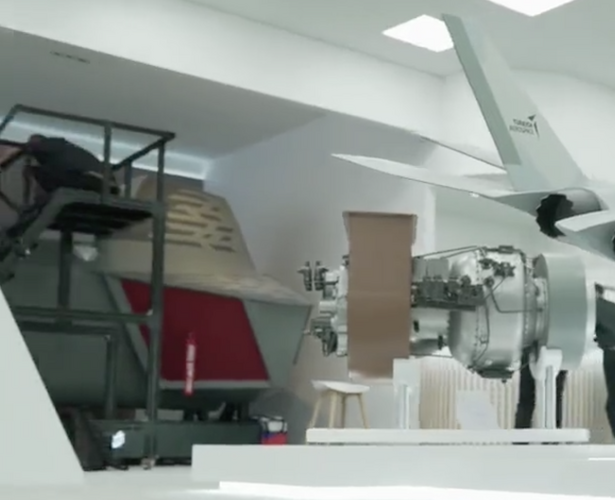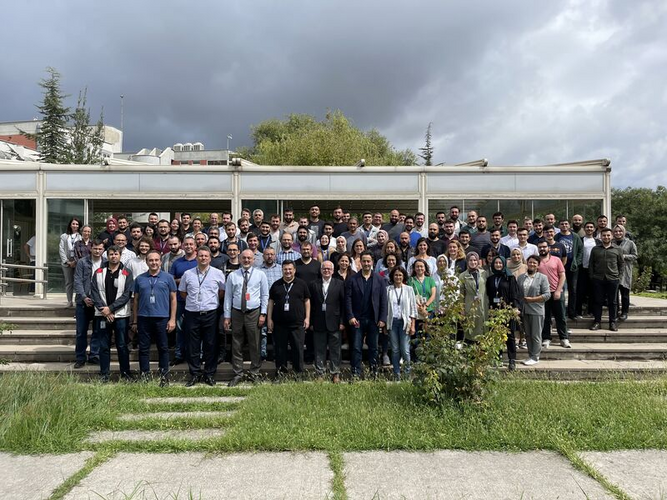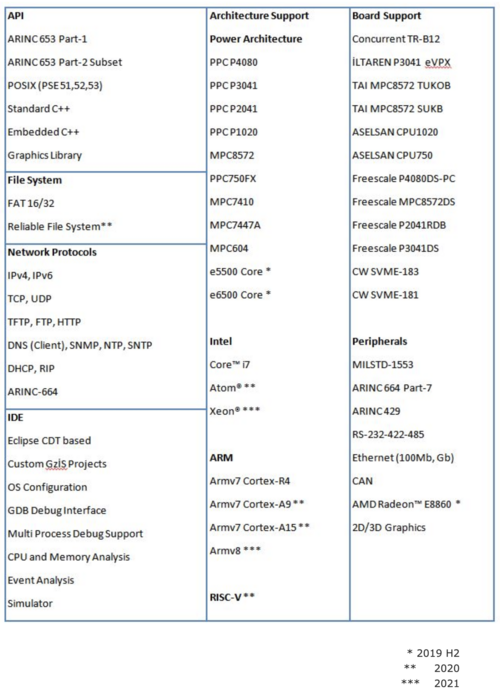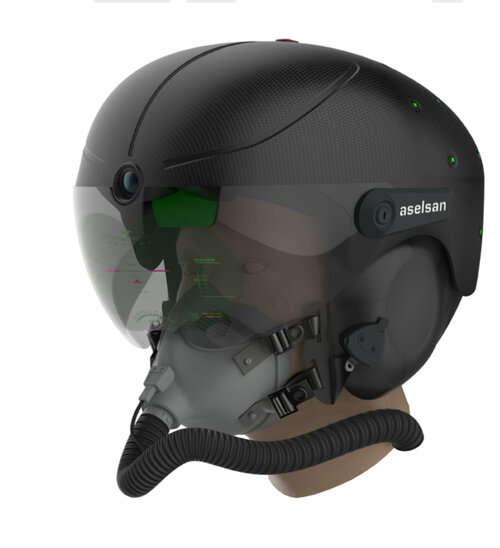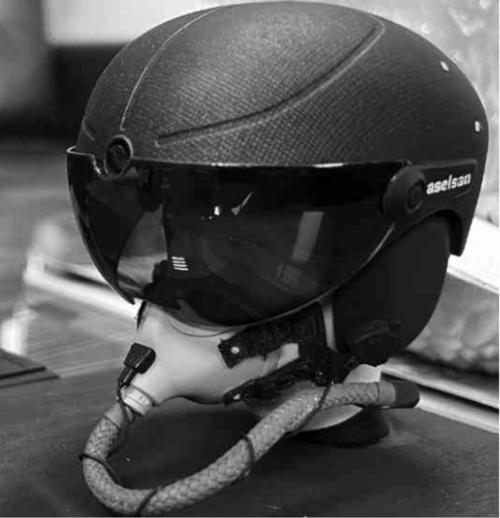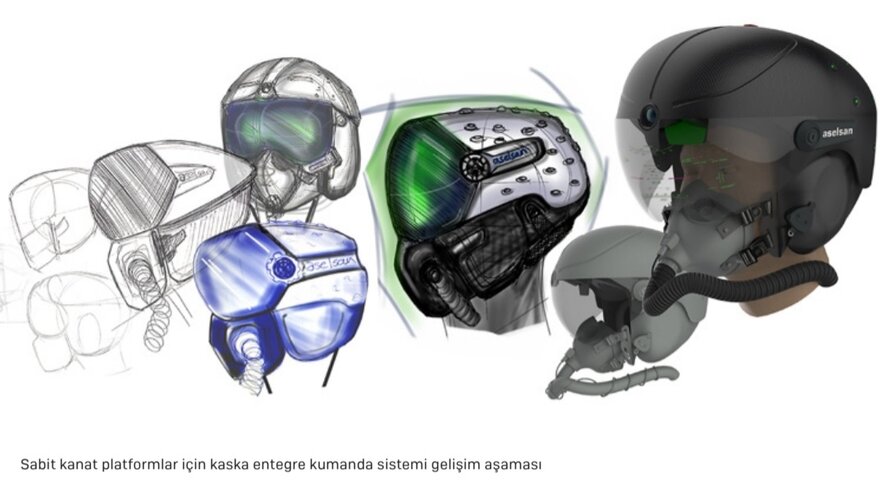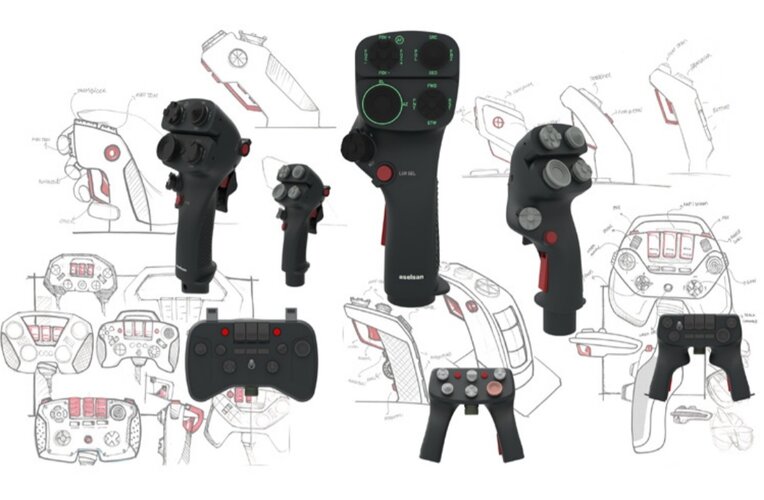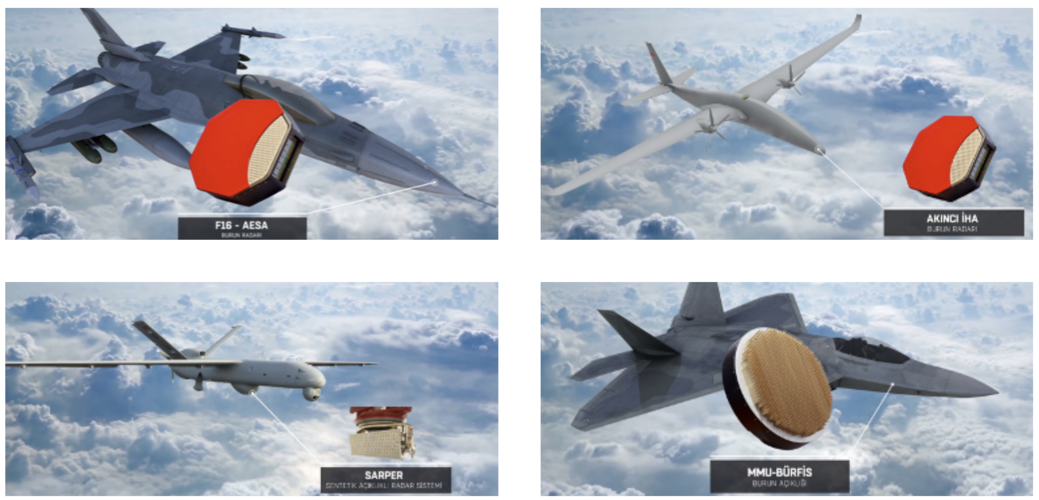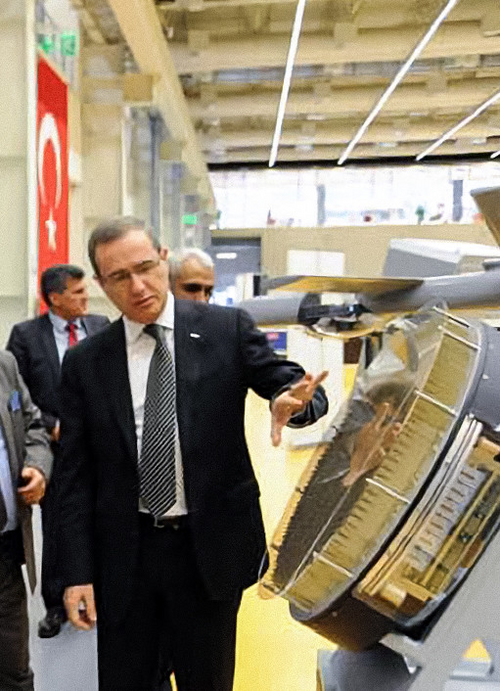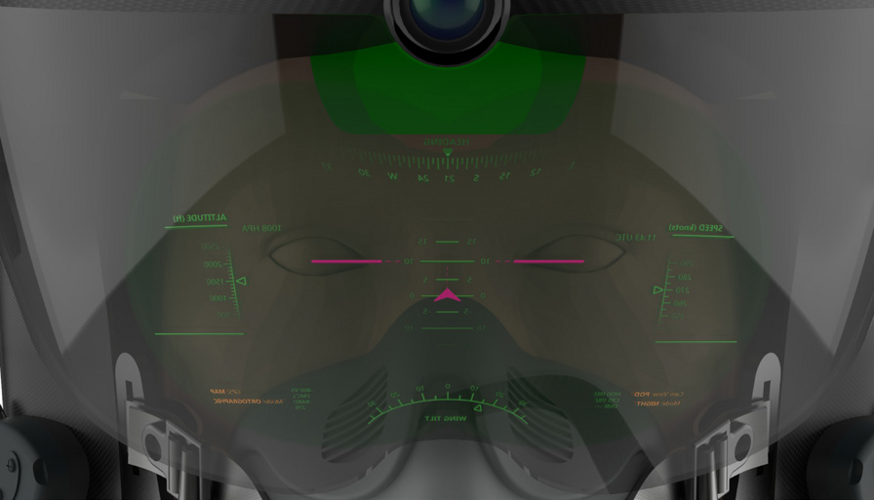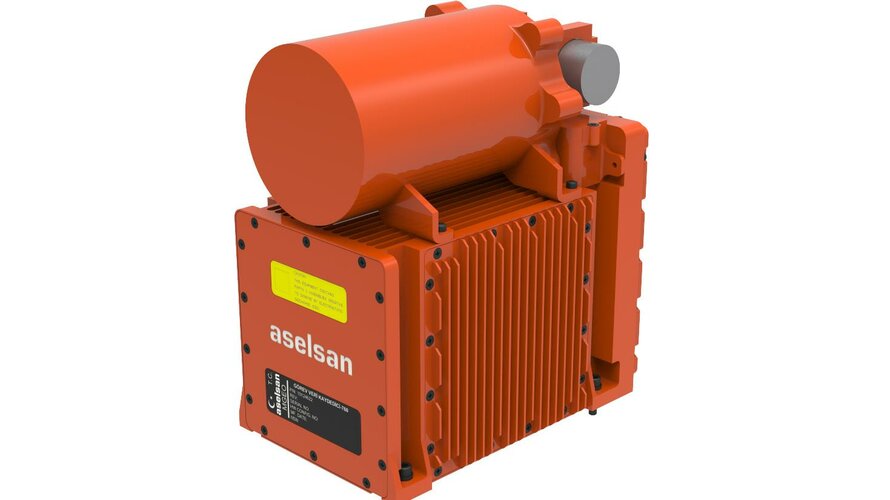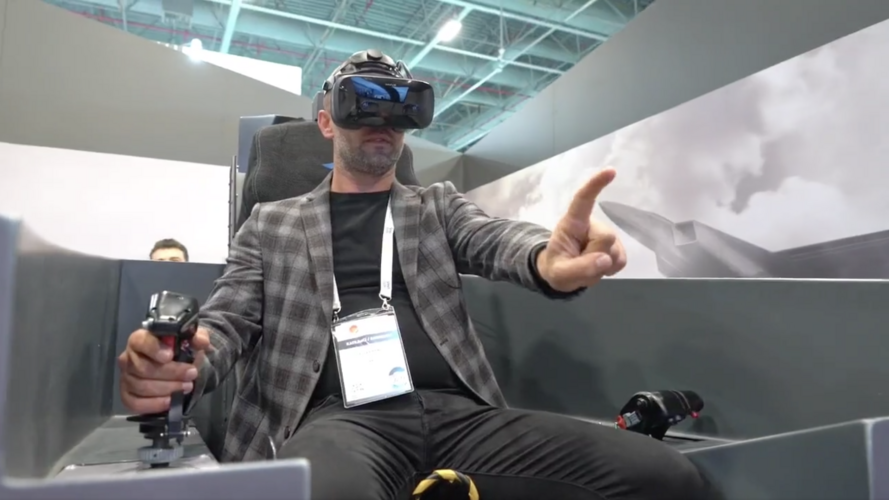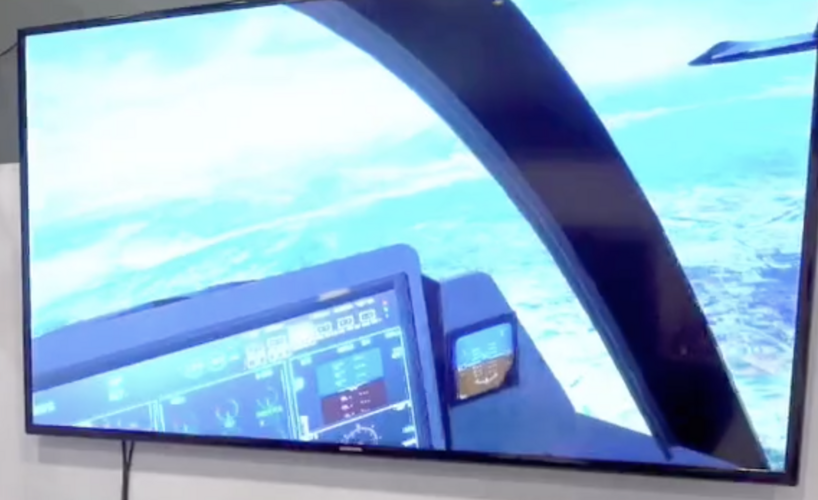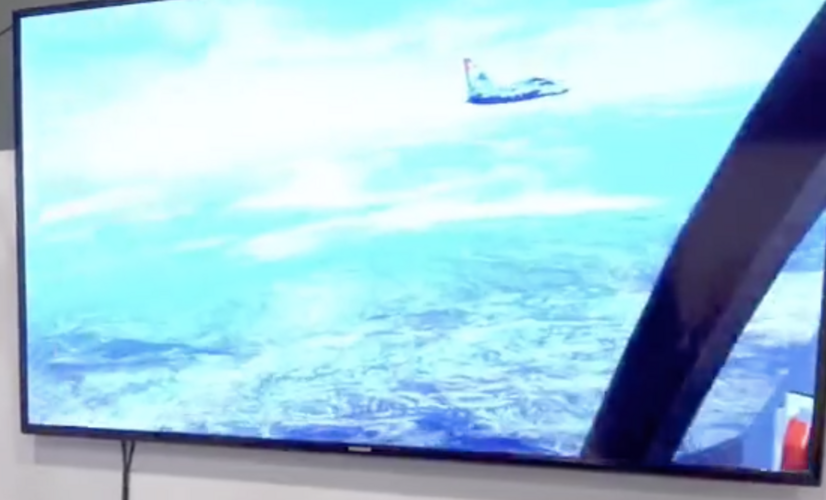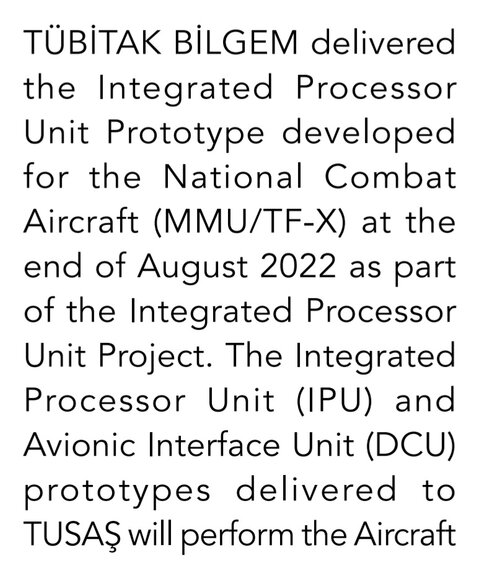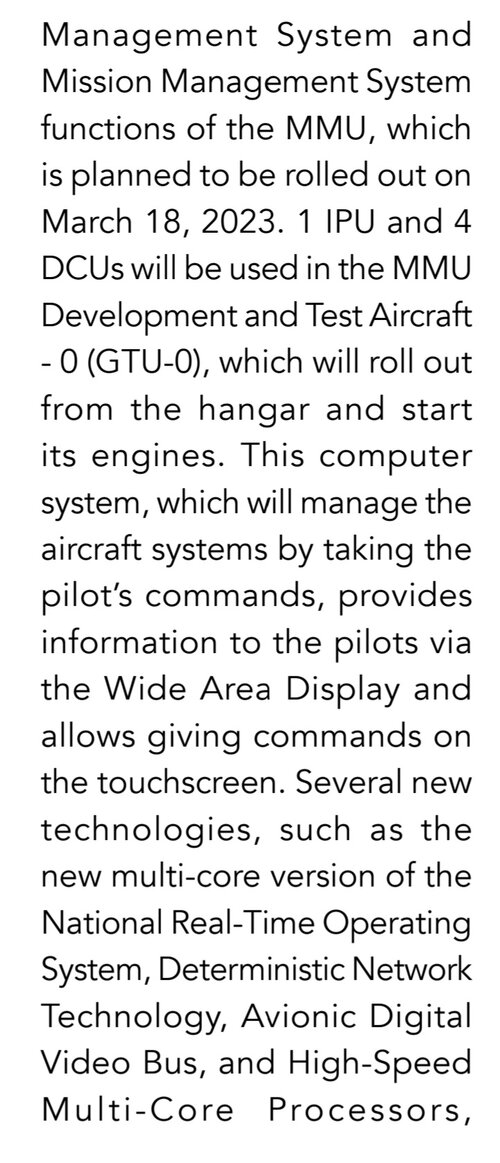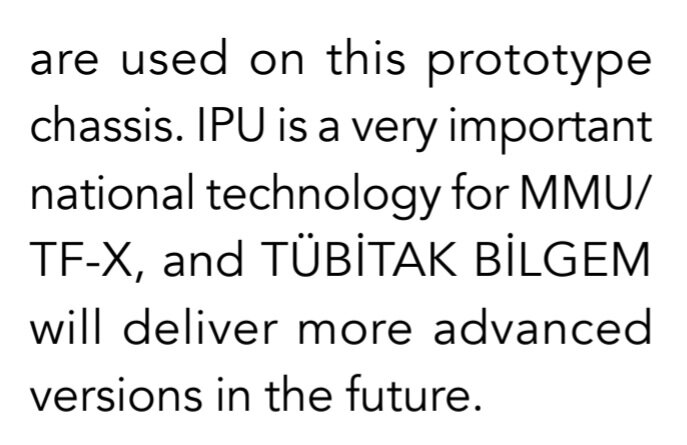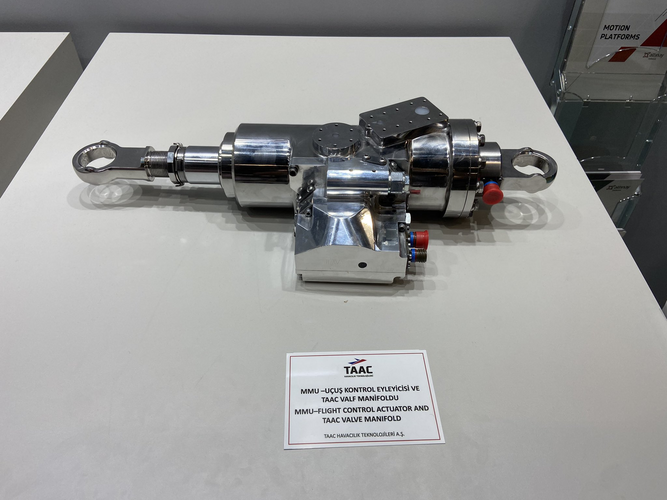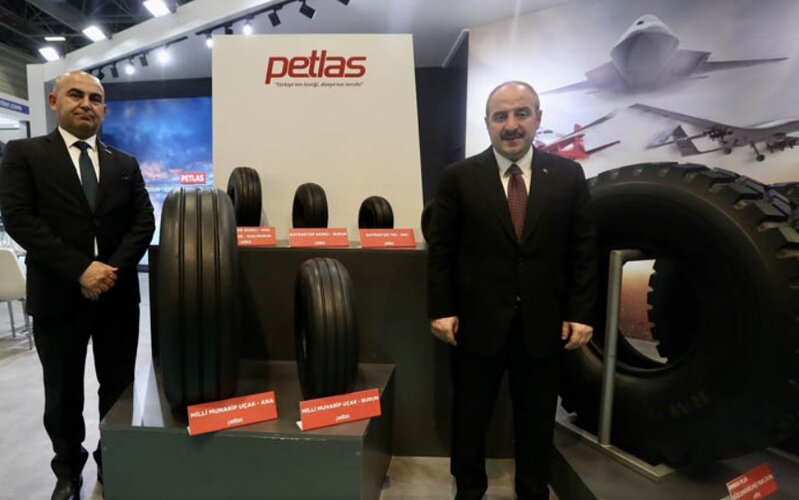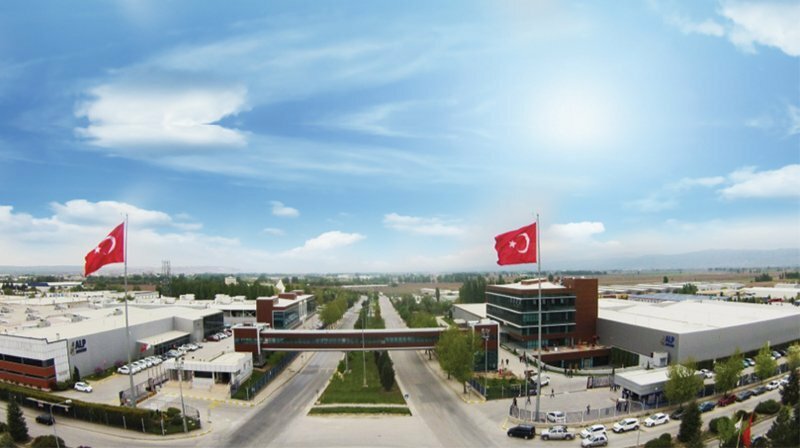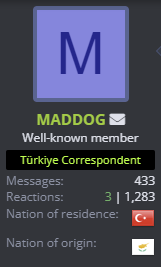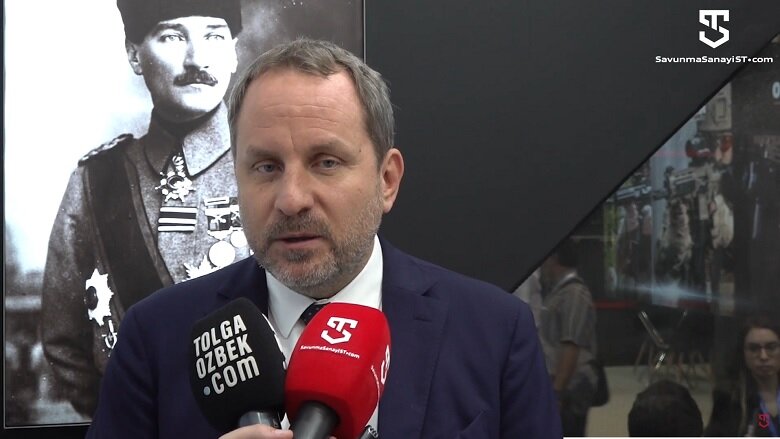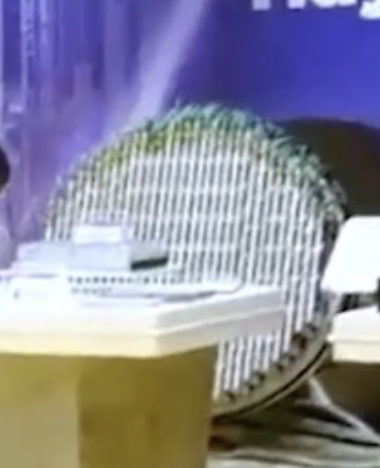How is a design "complete" when CDR is planned for 2024? Even accounting to the alleged shortening of schedule by a year, the CDR cannot happen before 2023. Also the Turks are still negotiating a new contract with BAE for second stage development.So it's safe to say the design has been complete for quite some time now. Dates back to Anatolian Eagle 2021.
Also that computer graphics doesn't seem any different to the mock-up.
It is different.
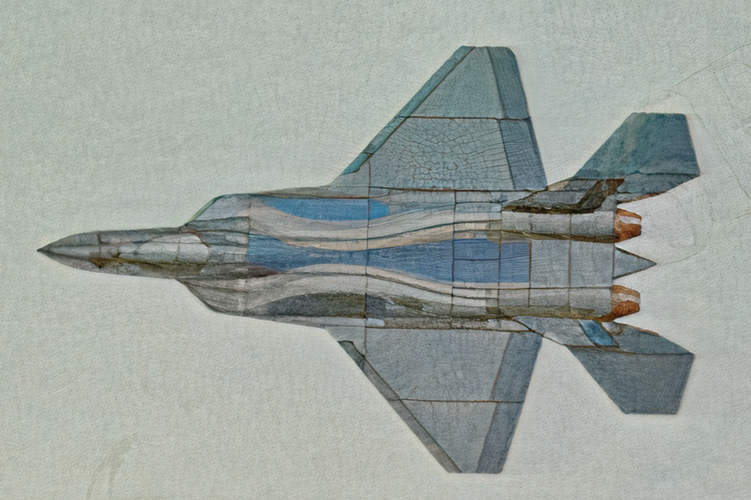
How does this look anything like the mock-up? It's different in almost every single way. The fuselage is extended, the vertical stabilizers are shorter, the cockpit looks strikingly similar to the F-35, the canopy design is different, the landing gear configuration is different, the internal weapons bay config is also different, vertical stabilizers are mounted on top of the engines, the rear end resembles the Su-57 now... Should I go on?
By "complete" I was referring to the flying and/ or ground test prototype. Y'know since it's being BUILT, quite literally, you would expect her design to be frozen. CDR=critical design review. There might still be design differences between the first prototypes, and the mass production variants. Design activities are still ongoing.

